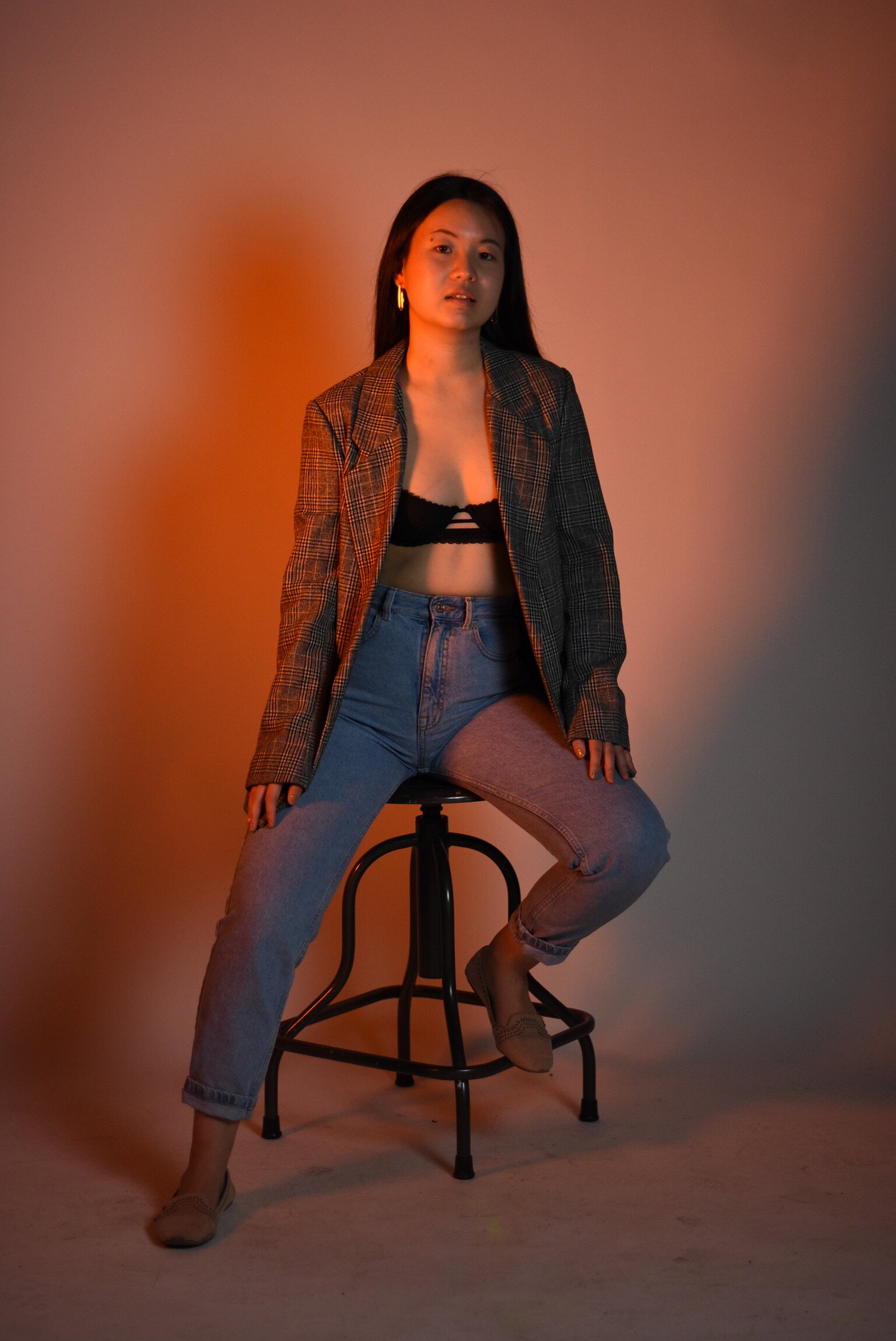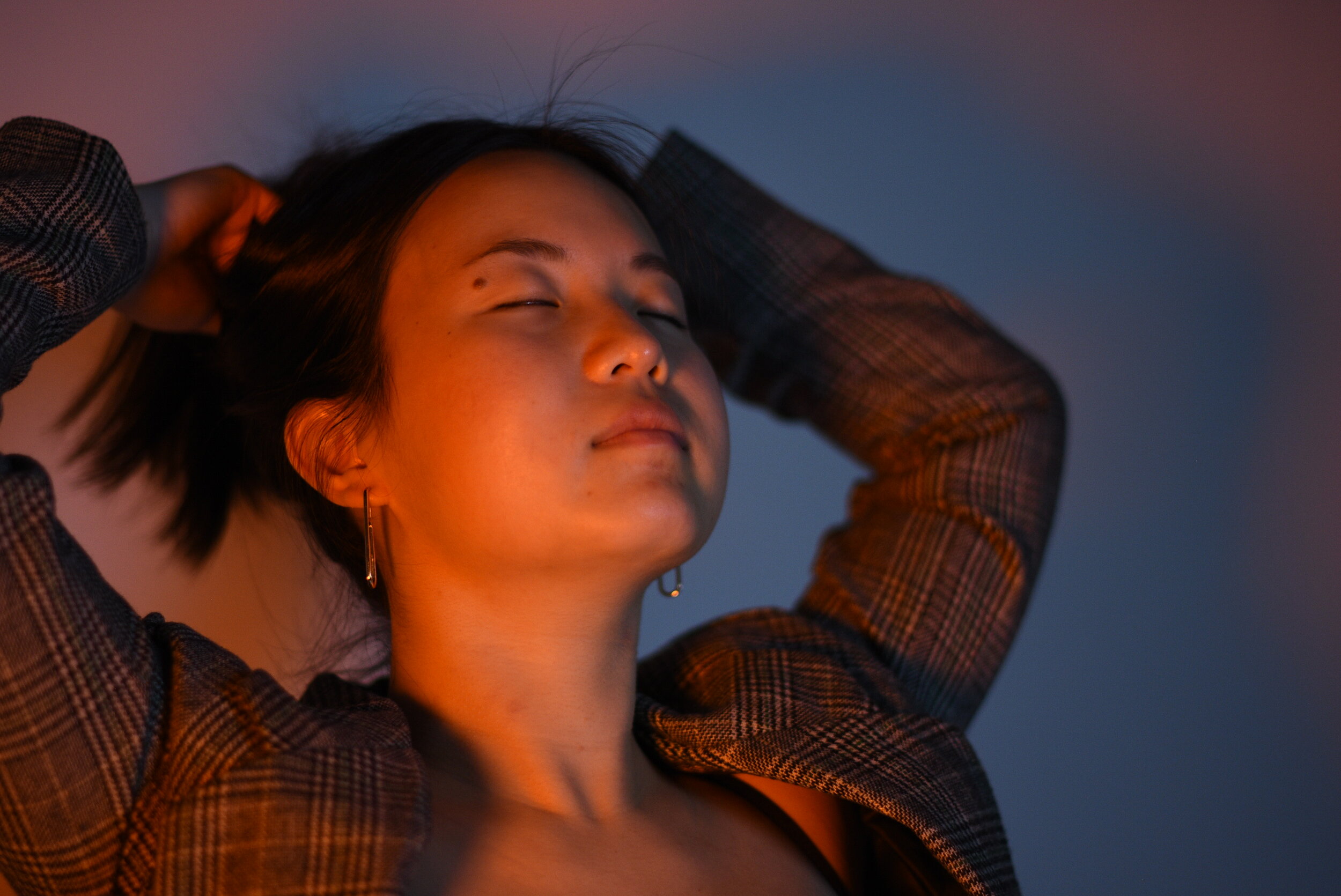For the Love of Lingerie!
By Jenny Langerman
Photos by Iman Behbehani
Women began wearing corsets in the 15th century. Equipped with heavy-duty strings, whale boning, and the like, corsets were used to tug and tuck women into the ideal feminine shape of the time. Though the design of women’s undergarments morphed and flowed throughout the years following, their purpose prevailed: to define a woman’s body and thereby, her sexuality. Sheer nightgowns in 1900 left women bare, while open-crotch drawers in the ’30’s were designed for easy access. Lingerie, visible only by undressing, was often a medium for the erotic, an instrument of a partner’s pleasure, or designed to make all bodies fit whatever standard of the time was deemed attractive.
Lingerie, in a sense, has always been more than just this to those that wore it. Corsets were often the most intricate and complicated garments one would wear, implicitly showing how much thought and care went into them by the women that made them. Lingerie dresses in the Edwardian period were outerwear, but white, lacey, and modeled after undergarments. Women and makers were clearly always attracted to this idea of it being something more than pure ‘utility’ or ‘transformation,’ but it was not until the late 1900s that the idea of lingerie as more than this really surged. Still, only much later were these garments shown off regularly outside the bedroom. Madonna made a statement in a sharp cone brassiere on tour in 1990 that denying female softness does not sacrifice femininity. Emma Stone’s character in the 2010 movie Easy A boldly wore a black lace bustier to school so as to embrace her rumored reputation. The bustier was her “refusal to become a wallflower—if people wanted to talk about her sex life, she was going to dress the part, too” (ELLE).
2020 saw lingerie become a staple in closets everywhere, though -- not just Emma Stone’s. Lingerie is no longer an undergarment, but simply . . . a garment. Lingerie brings a certain flirty femininity to any outfit, exuding sexiness without necessarily connoting sex. From corsets to bralettes to slip dresses, incorporating lingerie into daily wear is more powerful than your average trend, having historical implications far beyond what we realize.
“Wearing [lingerie] as outerwear focuses on individual expression and creativity,” remarks a RETREAT magazine article. It is a focus of fashion and style, worn not just for one’s partner but for oneself. The conversation now revolves around how best to create a beautiful garment and style it into a tasteful ensemble instead. Rising lingerie designer, Briana Wilson, hopes her lingerie enables women to say “I’m sexy because I want to be and I can, because this outfit is fire, because I’ll take a cute picture tonight and not because you want to have sex with me” (Vogue). This all aids in reframing the way we think about even the lingerie we wear under our clothes, the pieces that no one sees. Brands like Dora Larsen that create colorful, maximalist underwear, with the knowledge that most of the time this will be hidden to the general public, have the power to morph your own mood. The mere personal knowledge of what your bra looks like, or the act of putting together your own underwear ensemble, can impact the experience of your sexuality. And - in this case - it is for you and you alone.
This reframing and reclaiming coincides in part with a new wave of sex-positive feminism and sexual liberation, which encourages women to celebrate, embrace and take agency of themselves as sexual beings. We have seen this ideology at the forefront of many other recent pop-culture phenomena, such as the podcast Call Her Daddy and the rise of former-stripper-turned-rapper Cardi B. Now, it seeps into the fashion world via lingerie.
With sex positivity has come body positivity as well. Feeling sexy has been shown to correlate with self confidence, and it makes sense -- if you look good, you feel good. Incorporating lingerie into an outfit is an easy way to show a bit of skin, without having to bear it all -- just a bit of sultry and spice.
“The definition of sexy has evolved,” remarks Heather Gramston, buying manager at Selfridge’s Body Studio. “It is now defined as how a woman feels when she is wearing something – as opposed to what she looks like in archetypal lingerie created with men in mind” (The Guardian).




